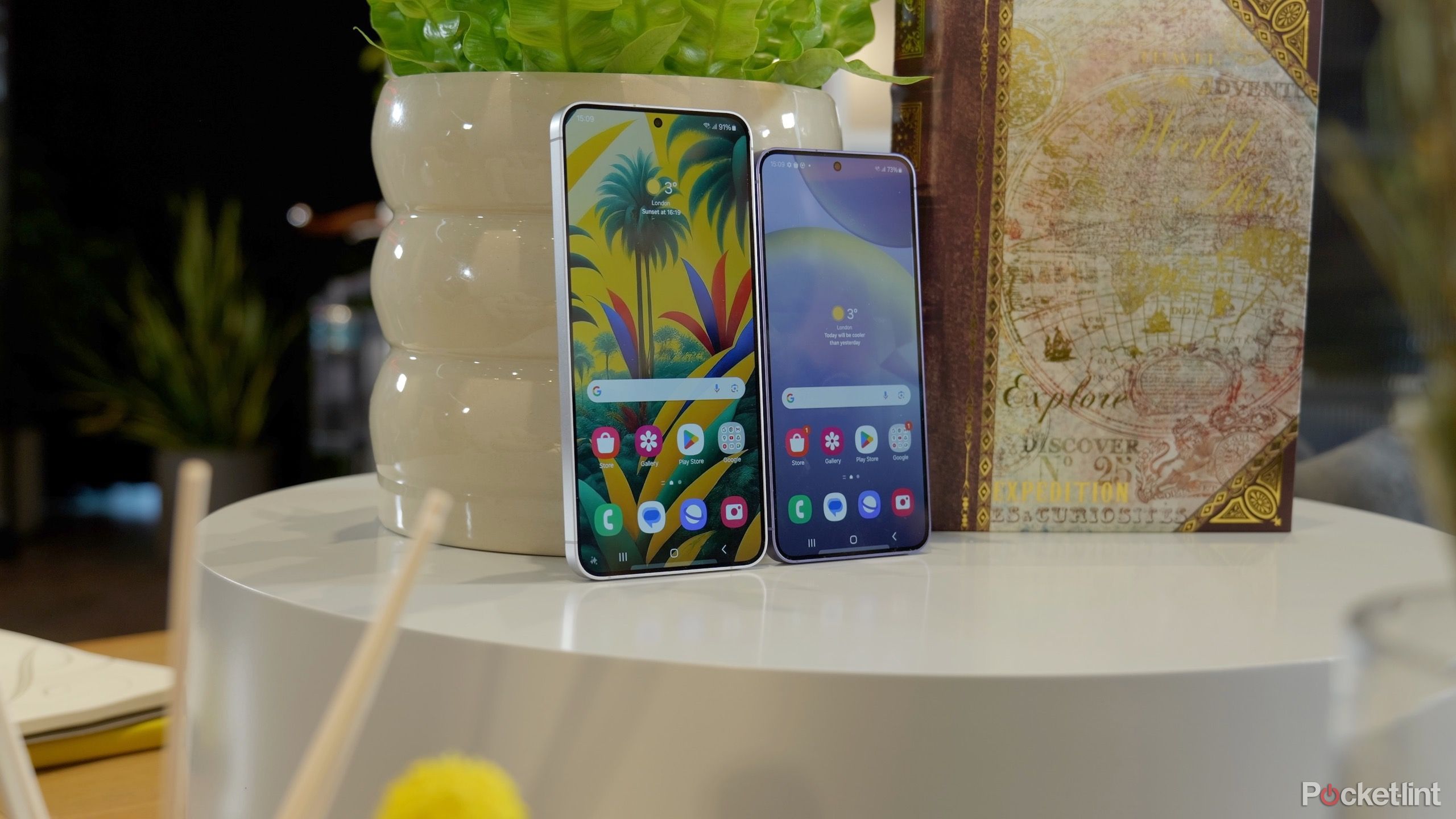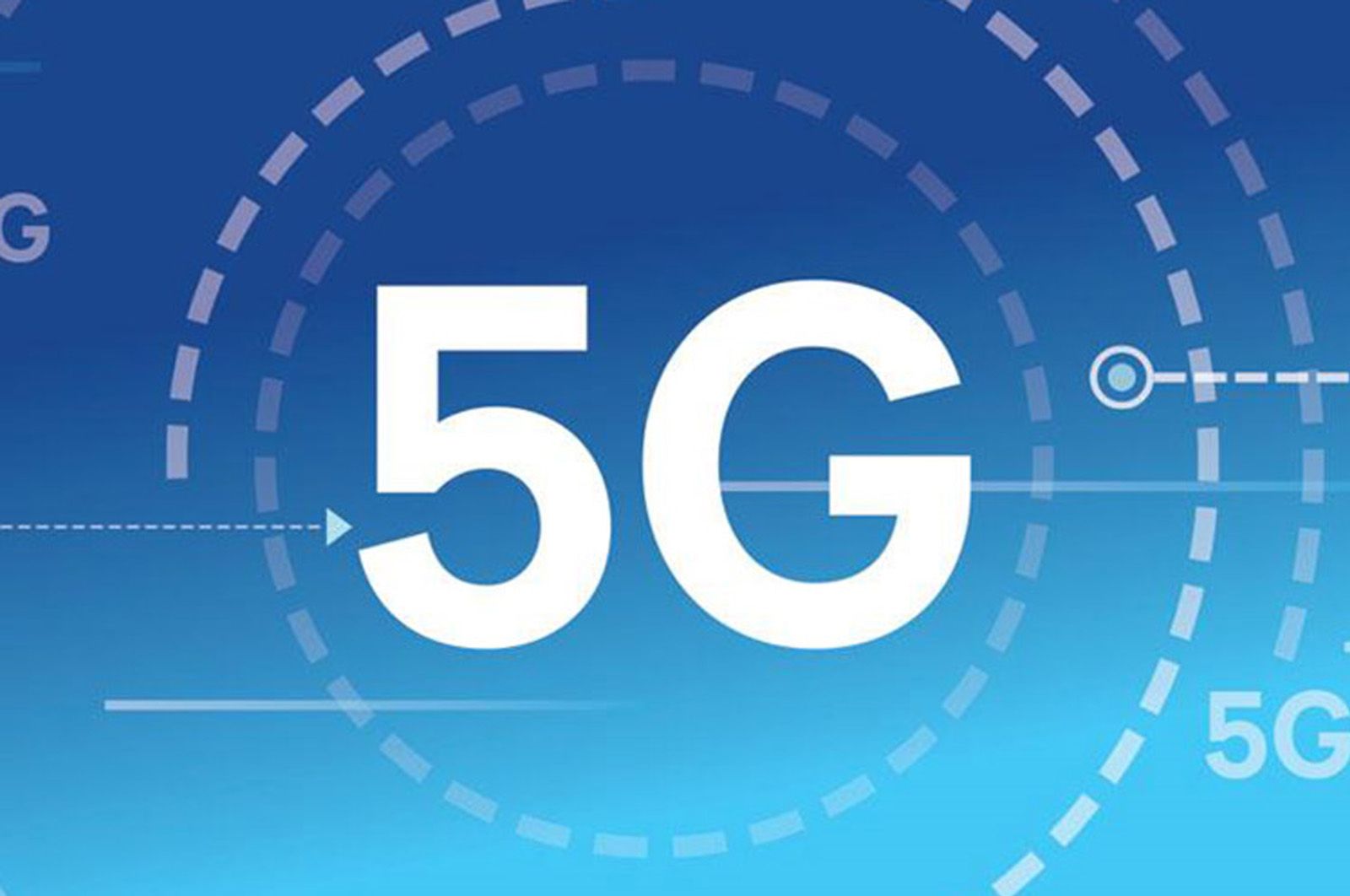Key Takeaways
- Prepaid plans cost less because smaller carriers rent infrastructure from big carriers, saving on building and maintenance costs.
- Prepaid plans may have inferior customer service and fewer physical stores, if any, compared to big carriers.
- Prepaid plans may provide slower data and lower-priority calls but offer flexibility and the ability to try out the service without contracts.
Verizon, T-Mobile, and AT&T are known as the big three wireless carriers in the United States. All three phone carriers operate almost all the cellular infrastructure in the US, and offer consumers a wide range of premium postpaid plans. However, these plans are generally expensive, especially when compared to prepaid plans. For that reason, wireless subscribers can save a lot of money by switching from a postpaid plan to a prepaid one.
But, saving money on your wireless service isn’t as simple as switching to a prepaid carrier and expecting the same level of service. There are several reasons prepaid plans cost less than comparable postpaid ones, including limited 5G connectivity, lower data priority and, possibly, inferior customer service are all potential pitfalls of using a prepaid carrier. Below we’ll walk you through several reasons why prepaid plans are so much cheaper than a wireless subscription from a major carrier.
Prepaid carriers don’t operate their own infrastructure
This only applies to Mobile Virtual Network Operators (MVNOs), which are smaller carriers that rent infrastructure from T-Mobile, AT&T, or Verizon. Because they’re not spending billions of dollars building and maintaining a cellular infrastructure, they can pass savings on to customers through cheaper plans. A famous example of an MVNO is Mint Mobile, which operates on T-Mobile’s network and offers monthly plans for as low as $15. Visible is another popular example that uses Verizon’s towers.
What is an MVNO and how is it different from a regular carrier?
You’ve probably been exposed to all kinds of MVNOs without even knowing.
T-Mobile, AT&T, and Verizon are constantly upgrading and expanding their 5G networks, which costs a lot of money. By not paying that expense, prepaid carriers can offer plans at more reasonable prices. That doesn’t sound like much of a drawback to you, the consumer, though. And it’s not, but it indirectly leads to some drawbacks we’ll mention below.
You might experience inferior customer service
MVNOs and other prepaid carriers generally lack the giant customer service teams that T-Mobile, AT&T, and Verizon offer. You may find it harder to contact someone when you call customer service for an issue with your coverage. This will vary from company to company, but customer service isn’t always as much of a priority because they run with lower overall operating costs.
This also applies to finding a store in your local area. You can’t throw a stone in most major cities and towns without hitting a T-Mobile, AT&T, or Verizon store. The same isn’t true for Visible, Mint, and most other prepaid carriers. In fact, neither prepaid carrier has physical stores you can walk into. It’s online or nothing.
Some carriers, like Boost Mobile, have brick-and-mortar stores, but they’re few and far between compared to the postpaid carriers. If you want to talk to someone face-to-face, you’ll want to stick with one of the big three.
Prepaid plans are subject to second-tier data
For me, this is the deal-breaker regarding prepaid versus postpaid plans. It’s the reason I pay close to twice as much every month to have a T-Mobile postpaid plan. When you’re on a prepaid plan, and the network is congested, you’ll often find that the speed of your data connection is slowed down in favor of customers on postpaid plans from the main companies. While it stinks, it also makes sense for T-Mobile, AT&T, and Verizon to prioritize their own customers who are paying top dollar.
If you don’t often find yourself in crowded areas where data is at a premium, this might not be a deal-breaker for you, but I’ve had too many times at a sports event or conference, and my prepaid plan barely worked. Since switching to postpaid with T-Mobile, that hasn’t been a problem. Thankfully, prepaid plans typically come without contracts, so you can try them out and if your data is being throttled too often, you can switch without any penalties or fees.
Prepaid carriers are subject to lower-priority calls
Similar to data, prepaid plans tend to see more dropped calls than postpaid ones. This happens for the same reason as slower data: the big three push the calls for their customers through first, and the MVNO and prepaid customers play second fiddle. When things get crazy, you might even find you can’t make a call at all, which can be quite annoying.
This might be a non-issue for those who rely on text messaging or chat apps instead of phone calls. If you’re old-school and enjoy a traditional phone conversation, you might want to stay away from prepaid plans, especially if you live in a big city where network congestion is more common.

Best Samsung Galaxy S24 deals, with the Ultra starting at just $300
Samsung’s newest phones are now available, but you don’t (and shouldn’t) have to pay full price.
To make their plans more attractive, T-Mobile, AT&T, and Verizon typically offer deals on phones and large trade-in values. Rarely will you find deals like this from prepaid carriers, but deals do exist. Mint Mobile, for example, will give you six months of free service when you buy a phone at full price, while Visible often provides some sort of incentive, such as free AirPods or similar when you buy a phone.
Some prepaid carriers don’t even sell phones. Instead, you bring your own phone to the carrier and sign up for service. Sometimes, though, MVNOs will provide you with a discount if you bring your own device, which is a nice bonus if you have an unlocked phone.
One notable exception to this is the plans for home ISPs. Xfinity Mobile, Spectrum Mobile, and others offer some pretty sizable device deals to new customers (they also tend to provide discounts on the plans if you’re a home internet customer). Even though they do suffer from the other drawbacks of MVNOs, like data deprioritizing and so on, you can find some pretty good phone deals with them.
You may experience limited 5G connectivity
Most prepaid plans advertise the fact that you can connect to and use a 5G network. It’s usually front and center in the ads, but what’s often hidden is the fact that it’s very limited. Some plans may offer unlimited data but with only 1GB of 5G connectivity. This isn’t true across the board, and some plans say unlimited data offers unlimited 5G (albeit with the potential of speeds being throttled, as mentioned above).

What is 5G, how fast is it and how can I get it?
5G will be up to 400 times faster than 4G, for the utmost in connectivity speeds. But how does 5G work, how fast is it, how can you get it and when?
When signing up for an MVNO or prepaid plan through one of the major carriers, read the fine print to see how much 5G data it offers and if there are other catches you need to be aware of. Doing so will let you start off on the right foot with your new, more affordable carrier.
Trending Products

Cooler Master MasterBox Q300L Micro-ATX Tower with Magnetic Design Dust Filter, Transparent Acrylic Side Panel, Adjustable I/O & Fully Ventilated Airflow, Black (MCB-Q300L-KANN-S00)

ASUS TUF Gaming GT301 ZAKU II Edition ATX mid-Tower Compact case with Tempered Glass Side Panel, Honeycomb Front Panel, 120mm Aura Addressable RGB Fan, Headphone Hanger,360mm Radiator, Gundam Edition

ASUS TUF Gaming GT501 Mid-Tower Computer Case for up to EATX Motherboards with USB 3.0 Front Panel Cases GT501/GRY/WITH Handle

be quiet! Pure Base 500DX ATX Mid Tower PC case | ARGB | 3 Pre-Installed Pure Wings 2 Fans | Tempered Glass Window | Black | BGW37

ASUS ROG Strix Helios GX601 White Edition RGB Mid-Tower Computer Case for ATX/EATX Motherboards with tempered glass, aluminum frame, GPU braces, 420mm radiator support and Aura Sync










